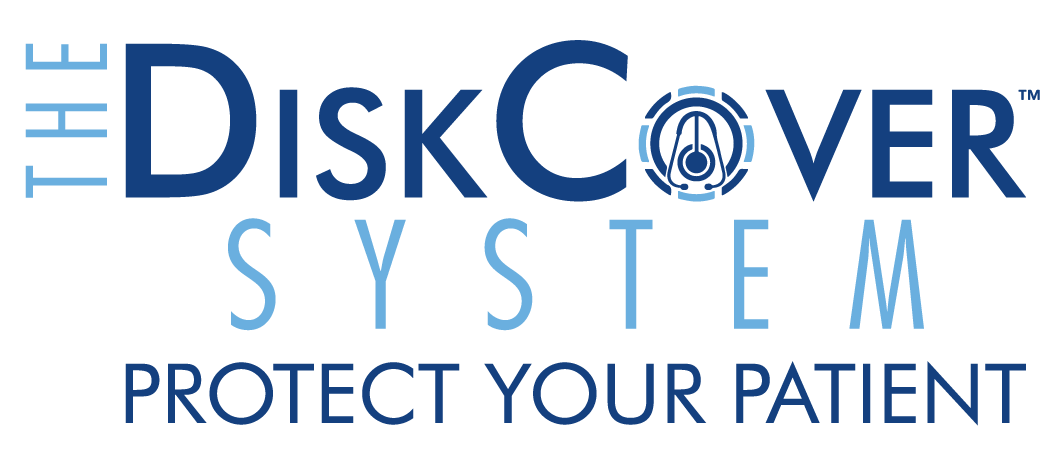Infection Control and the Clinician’s Third Hand – a Long Standing Problem

By Stuart B. Kipper, MD

My stethoscope, even more than my white coat, instantly identifies me as a physician. Without a word spoken, it establishes an immediate bond of trust between me and my patient.
Yet, while stethoscopes continue to serve as a ubiquitous and cornerstone tool for all healthcare professionals, its constant contact and use during our daily patient interactions is NOT without a significant risk. Just like a clinician’s hands, stethoscopes can, and DO, harbor dangerous contaminants and organisms. Unlike our two hands, there is no easy, rapid, or effective way to clean our "third hand."
For nearly every device or surface that comes in contact with a patient - hands, thermometers, otoscopes, tongue depressors, culture swabs, needles, and even exam tables - there is a cover or disposable system that reduces or eliminates transmission of disease. Stethoscopes have been left exposed and vulnerable. Disposable stethoscopes have limited utility, provide poor quality, high expense, and offer no effective solution to reducing their spread of infection. Mitigation efforts, such as alcohol wipes, destroy acoustic performance, are tedious endeavors, time consuming, and often forgotten. Placing a glove over the scope's diaphragm is cumbersome and falls short of the goal we seek - protecting our patient.

Stethoscope hygiene for the clinician's 'third hand' would be resolved if there existed a rapid, easy to use, and cost-effective means to provide an aseptic barrier to cover the stethoscope's diaphragm.
In the wake of a consistent series of studies in the medical literature1, the New England Journal of Medicine Journal Watch joined a growing body of medical leaders and thinkers calling for stethoscope hygiene to be elevated to the level of hand hygiene in clinical care2. With infectious diseases like COVID-19, S. aureus, C. difficile, MRSA, and so many other pathogens, it is finally time for the stethoscope, the clinician's 'third hand', to take center stage as a target for improving infection control and better protecting our patients while adhering to our commitment to DO NO HARM.
1. Knecht VR, McGinniss JE, Shankar HM, et al. Molecular analysis of bacterial contamination on stethoscopes in an intensive care unit. Infection Control & Hospital Epidemiology. 2019;40(2):171-177.
2. Ellison III, RT. NEJM Journal Watch Infectious Diseases, January 7, 2019. https://www.jwatch.org/na48156/2019/01/07/stethoscope-contamination, Apr 22, 2020.
Stuart Kipper, a Board Certified physician in Internal Medicine, is owner of Stuart B. Kipper, MD and Associates in Encinitas, California and is affiliated with the Scripps Hospital System in San Diego, California.
Third Hand Vector series spotlights the clinician’s third hand and the risks that contaminated stethoscopes pose to clinicians, patients and healthcare systems. The series features leading experts in infection control, patient care and quality measures raising awareness of the importance of aseptic barriers in reducing transmission of infectious diseases.

